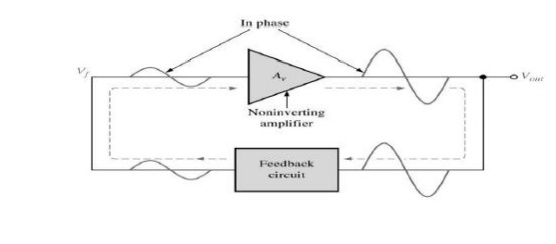Chapter: Electronic Circuits : Oscillators
Introduction about Oscillators
Introduction about Oscillators
An oscillator is a circuit that produces a repetitive signal from a
dc voltage. The feedback type oscillator which rely on a positive feedback of
the output to maintain the oscillations. The relaxation oscillator makes use of
an RC timing circuit to generate a non-sinusoidal signal such as square wave.

The requirements for oscillation are described
by the Baukhausen criterion:
ü The magnitude of the loop gain Aβ must be 1
ü The phase shift of the loop gain A β must be 0o or 360o or integer multiple of 2π

Amplitude stabilization:
ü In both the oscillators above, the loop gain is
set by component values
ü In practice the gain of the active components
is very variuable
ü If the gain of the circuit is too high it will
saturate
ü If the gain of the circuit is too low the
oscillation will die
Real circuits need some means of stabilizing
the magnitude of the oscillation to cope with variability in the gain of the
circuit
Barkhausan criterion
The conditions for oscillator to produce
oscillation are given by Barkhausan criterion.
They are :
ü The total phase shift produced by the circuit
should be 360o or 0o
ü The Magnitude of loop gain must be greater than
or equal to 1 (ie)|Aβ|≥1
In practice loop gain is kept slightily greater than unity to
ensure that oscillator work even if there is a slight change in the circuit
parameters.
Related Topics